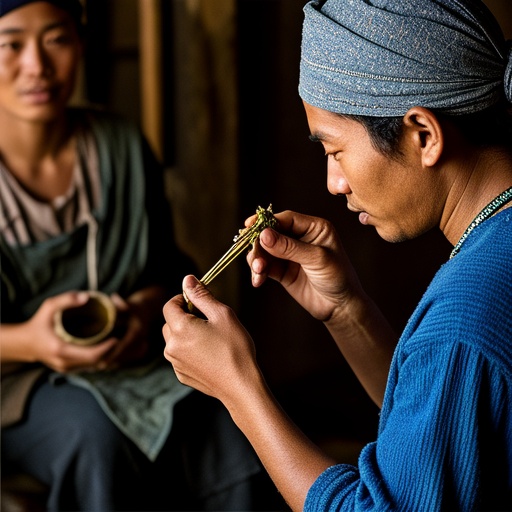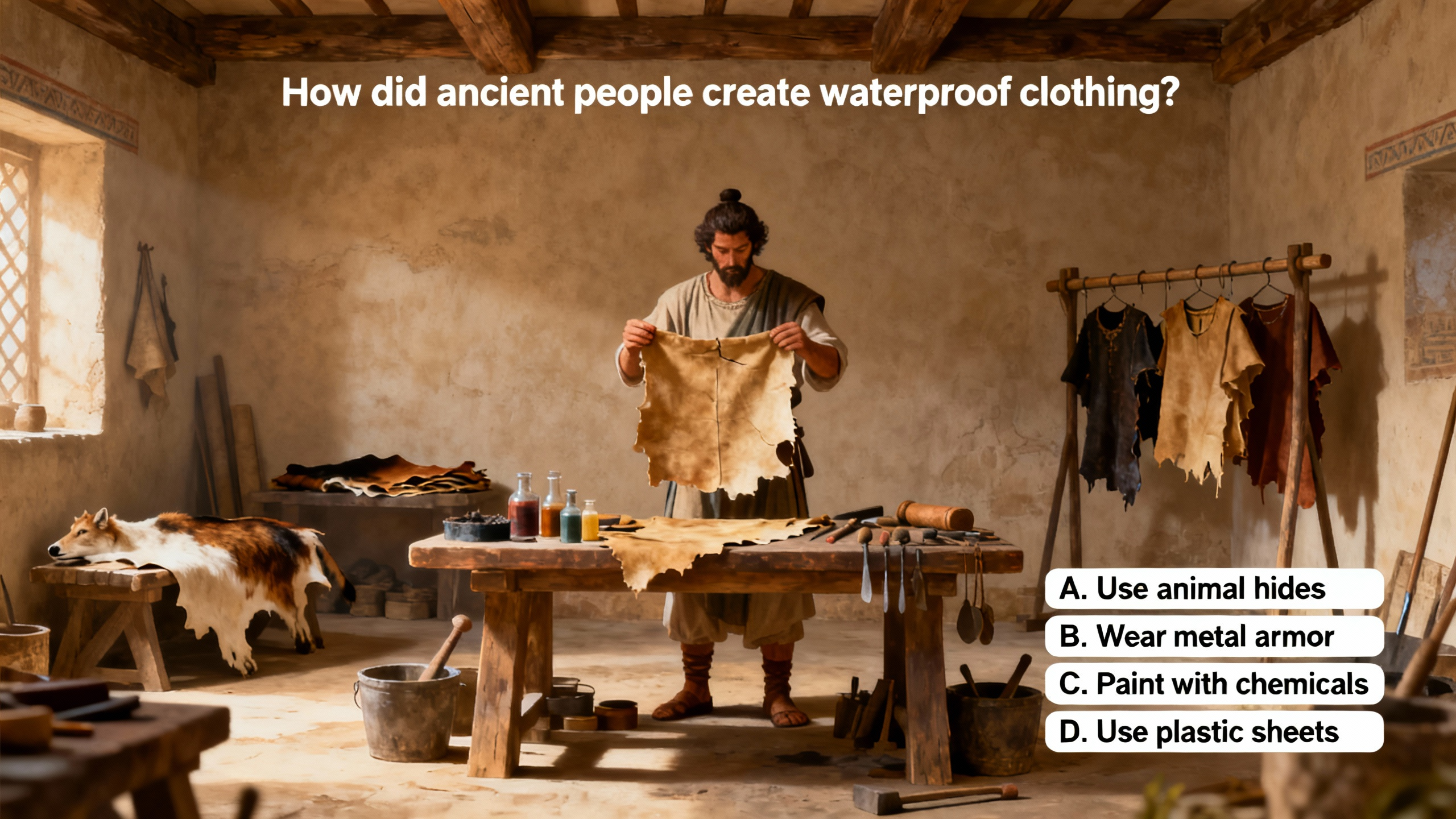Ancient Methods of Creating Waterproof Clothing
 In ancient times, people used various methods to create waterproof clothing. Different cultures and regions developed their own unique techniques based on the materials available to them.
In ancient times, people used various methods to create waterproof clothing. Different cultures and regions developed their own unique techniques based on the materials available to them.
 One common approach was to use natural materials with water - resistant properties. For example, in many parts of the world, animal hides were used. Hides were first cleaned and then treated to make them more waterproof. Some tribes would smoke the hides over a fire. The smoke contained substances that helped to repel water and also preserved the hide. In addition, fats and oils from animals were often rubbed onto the hides. These fats created a barrier that prevented water from seeping through. The Inuit people, who lived in extremely cold and wet environments, made parkas from seal or caribou skins. They would carefully scrape and stretch the skins, and then apply a layer of fish oil to make them waterproof. This allowed them to stay dry while hunting and traveling in the snow and ice.
One common approach was to use natural materials with water - resistant properties. For example, in many parts of the world, animal hides were used. Hides were first cleaned and then treated to make them more waterproof. Some tribes would smoke the hides over a fire. The smoke contained substances that helped to repel water and also preserved the hide. In addition, fats and oils from animals were often rubbed onto the hides. These fats created a barrier that prevented water from seeping through. The Inuit people, who lived in extremely cold and wet environments, made parkas from seal or caribou skins. They would carefully scrape and stretch the skins, and then apply a layer of fish oil to make them waterproof. This allowed them to stay dry while hunting and traveling in the snow and ice.
 Another method was to use plant - based materials. In tropical regions, large leaves were often used as a form of waterproof protection. People would stitch or tie the leaves together to create capes or ponchos. Some plants also produced resins or saps that could be used as waterproofing agents. For instance, the ancient Greeks and Romans used pitch, a sticky substance derived from pine trees. They would coat their cloaks or tents with pitch to make them water - resistant. Additionally, reeds and grasses were woven into mats or clothing. These woven items could be treated with natural substances like clay or mud to enhance their waterproof capabilities. The Maori people in New Zealand wove cloaks from flax fibers. They would soak the fibers in a solution made from the bark of certain trees, which made the cloaks more resistant to water and provided warmth as well.
Another method was to use plant - based materials. In tropical regions, large leaves were often used as a form of waterproof protection. People would stitch or tie the leaves together to create capes or ponchos. Some plants also produced resins or saps that could be used as waterproofing agents. For instance, the ancient Greeks and Romans used pitch, a sticky substance derived from pine trees. They would coat their cloaks or tents with pitch to make them water - resistant. Additionally, reeds and grasses were woven into mats or clothing. These woven items could be treated with natural substances like clay or mud to enhance their waterproof capabilities. The Maori people in New Zealand wove cloaks from flax fibers. They would soak the fibers in a solution made from the bark of certain trees, which made the cloaks more resistant to water and provided warmth as well.
In summary, ancient people were resourceful in creating waterproof clothing. They made use of the natural resources around them, such as animal hides, plant leaves, resins, and fibers, and developed various treatment methods to make these materials waterproof. These early techniques laid the foundation for the more advanced waterproofing technologies we have today.







